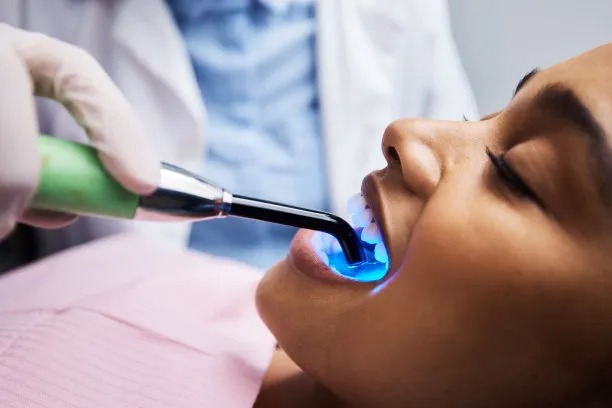Understanding the Process and Importance of Extracting a Tooth for Dental Health Improvement
Summary: Tooth extraction is a crucial procedure aimed at improving dental health. This article delves into the process of tooth extraction, highlighting its importance in maintaining overall dental hygiene, alleviating pain, and preventing dental issues. We will explore the multifaceted reasons that necessitate this often-dreaded procedure, including the stages involved, aftercare tips, and long-term benefits for oral health. Understanding these aspects is vital for anyone facing the prospect of tooth removal, as it can lead to informed decisions and better health outcomes in the long run.
1. Reasons for Tooth Extraction

Tooth extraction may be necessary for several reasons, primarily linked to dental health conditions. One of the most common reasons is the presence of tooth decay that has progressed beyond the point of salvage. When a tooth is severely damaged and cannot be restored through fillings or crowns, extraction is often the best option to prevent further oral issues.
Another reason for tooth extraction can be overcrowding. In many cases, orthodontic treatment necessitates the removal of one or more teeth to create adequate space for proper alignment. This is common among individuals who have misaligned teeth and require braces or other orthodontic procedures.
Additionally, wisdom teeth often require extraction due to complications such as impaction or infection. Wisdom teeth usually emerge in late adolescence or early adulthood, and if they don’t have enough space to grow properly, they can cause pain and swelling, underscoring the need for extraction.
2. The Tooth Extraction Process Explained
The process of tooth extraction typically starts with a thorough evaluation by the dentist. This may involve taking X-rays to understand the tooths position and the surrounding bone structure. Based on the assessment, the dentist will determine the complexity of the procedure and whether a simple or surgical extraction is necessary.
During a simple extraction, local anesthesia is administered to numb the area around the tooth. The dentist then uses specialized tools to gently loosen the tooth from its socket before carefully removing it. In cases where the tooth is impacted or the extraction is more complex, surgical intervention may be required, often necessitating a more extensive process.
Post-procedure, patients are usually given advice on managing pain and bleeding, and may have follow-up appointments to monitor the healing process. Understanding this procedure can reduce anxiety related to the extraction and help patients feel more prepared.
3. Aftercare Following Tooth Extraction
Aftercare is a vital aspect of the tooth extraction process that significantly impacts recovery. Its essential for patients to follow their dentists instructions regarding medication, which typically includes pain relievers and, if needed, antibiotics to prevent infection.
Additionally, maintaining oral hygiene is important, but its advised to avoid brushing near the extraction site for the first 24 hours. Gentle rinsing with warm saltwater can help keep the area clean without disturbing the healing process. Hydration and a proper diet also play critical roles; patients should stick to soft foods and avoid spicy or hot items that could irritate the area.
Monitoring for signs of complications, such as excessive bleeding or signs of infection, is key. If these symptoms arise, patients should contact their healthcare provider promptly. Proper aftercare can facilitate smoother recovery and minimize the risk of complications.
4. Long-term Benefits of Tooth Extraction
While tooth extraction may seem like a negative outcome, it often presents numerous long-term benefits for dental health. By removing problem teeth, patients can avoid chronic pain and infections that not only affect the mouth but can also lead to systemic health issues.
Additionally, extracting teeth that cause overcrowding or misalignment opens up space for remaining teeth to settle into a more natural position, improving overall function and aesthetics. This can enhance one’s ability to chew properly and contribute positively to speech and facial symmetry.
Finally, regular removal of problematic teeth can lead to better oral hygiene. With fewer teeth at risk of decay, patients are more likely to maintain optimal dental care practices, reducing the likelihood of future dental visits for severe issues.
Summary:
In conclusion, understanding the process and importance of tooth extraction is essential for improving dental health. It addresses various dental issues, facilitates effective treatment options, and promotes better recovery outcomes through careful aftercare. Being informed about the extraction process can help alleviate fears and prepare patients for a healthier future.
This article is compiled by Vickong Dental and the content is for reference only.



